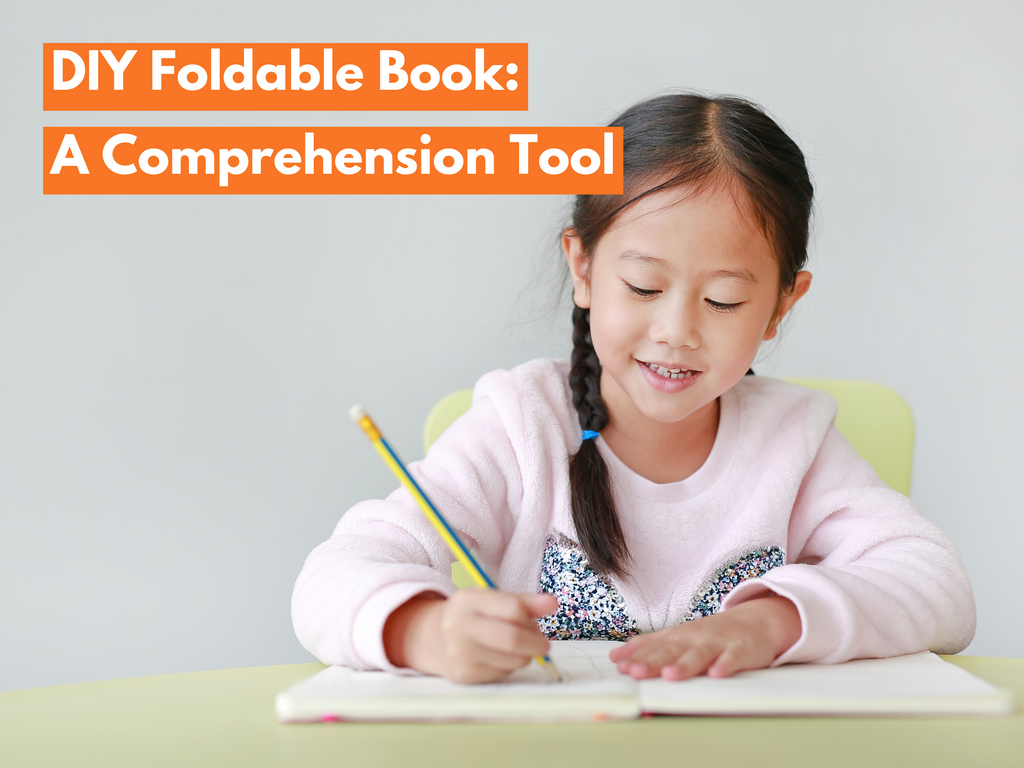by Susan Weaver Jones
Many American schools celebrate Women's History Month in March, inviting teachers and students to dive into our nation’s history by reading about the contributions of women in America. Biographies of American Women, past and present, share important events and decisions made in the lives of females who played significant roles in our country. As the students read about real people, they also learn history.
Even though many students find biographies quite fascinating, they are only sometimes receptive to revisiting the narratives for further study. How can we motivate students to reread biographies for greater appreciation and thoughtful discussion? A successful method I’ve used in small groups involves making do-it-yourself (DIY) foldable books. Creating foldable books provides an engaging way for students to review key concepts from their reading. Instructions to make foldable books are linked in the image below and at the end of this blog.
Before working with biographies, I focus on the students and their lives. Each student creates a foldable book as their autobiography. First, we discuss similarities and differences between biographies and autobiographies, focusing on the author's point of view. Next, students brainstorm potential biographical facts to share in their books. Then I guide them through making their foldable blank book. After that, students narrow down vital information to include in these short accounts of their lives, and we discuss how to organize their facts.
Depending on the age of the students, each five (or six) page book could include details such as birthdays, favorite school subjects, family members, pets, sports, hobbies, important events, future careers, etc. If students choose to focus on memorable life events, they can arrange the information in chronological order. Otherwise, reviewing text features, like fun facts or illustrations with captions, helps students plan their books.
Because the books are small, space for writing and drawing is limited. I encourage my students to choose symbols or simple pictures to accompany their text. Many of my students have located step-by-step instructions online for drawing specific images, which have proved helpful.
Once students have completed and shared their mini-autobiographies, they often appreciate listening to and reading biographies. For example, I might ask my students to read the biography Serena Williams: Game, Set, and Match during Women's History Month. Serena is a positive role model for students, a black female who persevered to become a world tennis champion.
Once students become familiar with Serena’s story, they can create another foldable book featuring details from her life that were especially relevant. Their books about Serena can be organized similarly to their autobiographies, by time order or by modeling other text features. Referencing the book introduction, chapter titles, and timeline in the biography gives students a framework to utilize.
As students read and write about themselves and others, they discover the appeal of learning about history through biographies. I remind my students that authors may want to write biographies about them someday!
~~~
The Inspire! Collection features biographies of nineteen extraordinary trailblazers, each paired with a nonfiction chapter book that explores a key theme related to the individual's life. Ideal for grades 2-3. Guided reading levels M–Q.
~~~

Susan Weaver Jones, a retired elementary educator from Orlando, Florida, currently resides in Knoxville, Tennessee. She has taught students in kindergarten through eighth grade as a Classroom Teacher, Reading Specialist, Reading Recovery Teacher, Literacy Coach, and ELL Teacher. She is also the author of six leveled readers in Hameray's Kaleidoscope and Zoozoo Animal World Collections.














